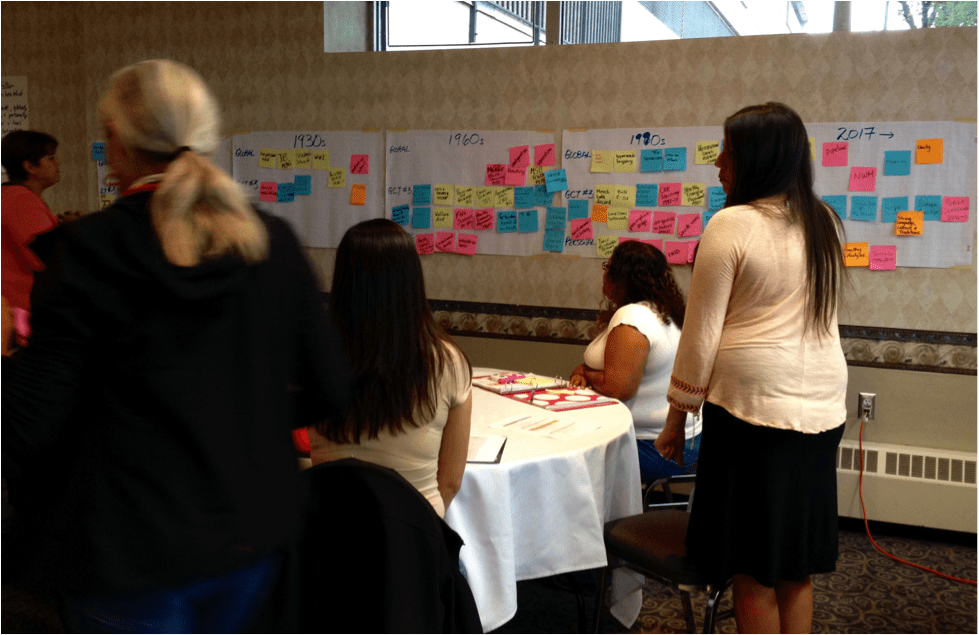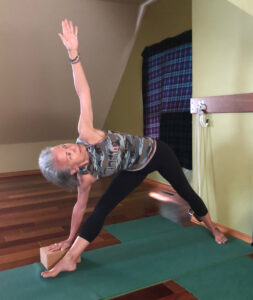Collaboration is taking over the workplace. As business
becomes increasingly global and cross-functional, silos
are breaking down, connectivity is increasing, and team-
work is seen as a key to organizational success.
Harvard Business Review
Whether your entrepreneurial spirit is showing up as an artist, a yoga teacher, a widget producer or an organization designer, most seemingly solo enterprise owners would agree that we can no longer “go it alone.” The complexity of business and the speed at which change is occurring require us to partner with those who have the information and skills we lack. Collaboration has become, without a doubt, the new normal when it comes to inventing and coordinating work. Of the four major projects I am currently working on, all are collaborations that involve anywhere from two to seven contributors.
The good news about this global phenomenon is human beings are increasingly being brought together to learn how to work productively and harmoniously — individual to individual, race to race, nation to nation. In the long view, this can only reduce our inclination to resolve conflict with war.
The bad news about collaboration — it is skewed toward those who are known to be capable and willing helpers which suggests “20% to 35% of value-added collaborations com[e] from only 3% to 5% of employees.” Unfortunately, this means those who are already good at collaboration are the ones doing it. The work ahead is to get more people on board before we burn out our “natural” collaborators.
A second conundrum — isn’t it interesting that, although we are social creatures who are happiest and healthiest when in community, we spend way less time learning how to build healthy relationships (collaborating) and way more time learning how to compete or build a career, a house or a bank account. I have long pondered why the three Rs — reading, ‘riting, ‘rithmetic — never included the vital R of relationships. Well, it finally appears that in spite of our past choices, life is pressing us in the direction we currently need to travel, and collaboration is becoming a number one priority.
Although all collaborations are not equal — smaller ones and those of shorter timeframe tend to require less formality — there is a shared experience across the gamut. Whether you are involved in a small f2f collaboration of two people or in a large, virtual ecosystem of 100, my own experiences evolved the following process steps —
- Deliberate. My most fruitful collaborations (creative, productive and social) began as weekly learning and relationship building sessions where we searched for a shared purpose. This meant we first had to know our own purpose before we could clearly articulate what we shared that would inspire and motivate us through to its fruition. In two transformational collaborations, this entailed a structured nine-month dialogue process from which the innovation seemingly birthed itself. That is, what was shared and meaningful emerged into our awareness.
- Design. Once direction has been established, practical and emotional choices need to be made to steer the collaboration along its desired course. Designing and planning what the work will look like and deciding on course corrections, given emerging circumstance, are typical activities. Of course, recognizing each contributor has her/his own work and decision-making processes necessitate agreement on standards and protocols that suit all participants.
- Dive Deep. This step, often skipped to the detriment of the participants and the collaboration, is a reminder collaboration is a learning and relationship experience. In essence, we are learning about our capacity to relate productively and harmoniously with others. If you are not open to learning about who you are or willing to improve upon that version of yourself, you are missing the point and rewards of interpersonal relations. We are transformed by our relationships, so dig deep into your awareness and grow some new skills. My greatest lessons and rewards have come from my relationships.
- Do the Work. From both a personal and interpersonal perspective, when we “do the work” necessary for becoming a contributing human being, we are both creatively productive and socially responsible. We create substance, put it out into the world for others, and strengthen our social bonds. I would speculate that “doing the work” of relationship building and collaboration is our life purpose. Doing the work implies not only completing the physical and intellectual tasks necessary for producing your shared purpose, but also doing the personal and interpersonal work required to maximize creativity and harmony.
What deep dive or simple step can you take to grow into your collaboration potential?
For more on collaboration, click here.





